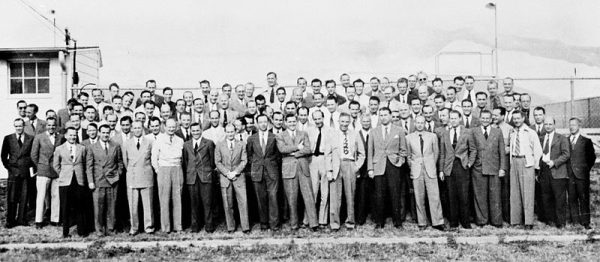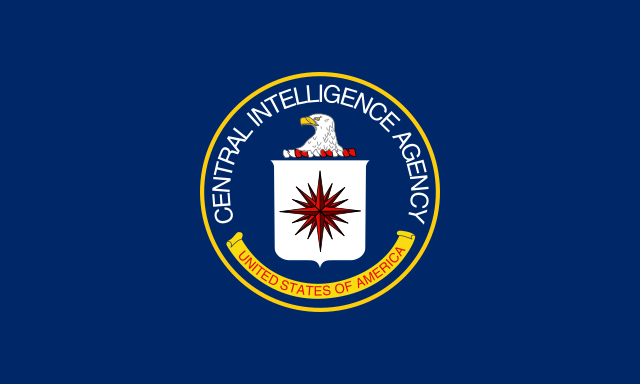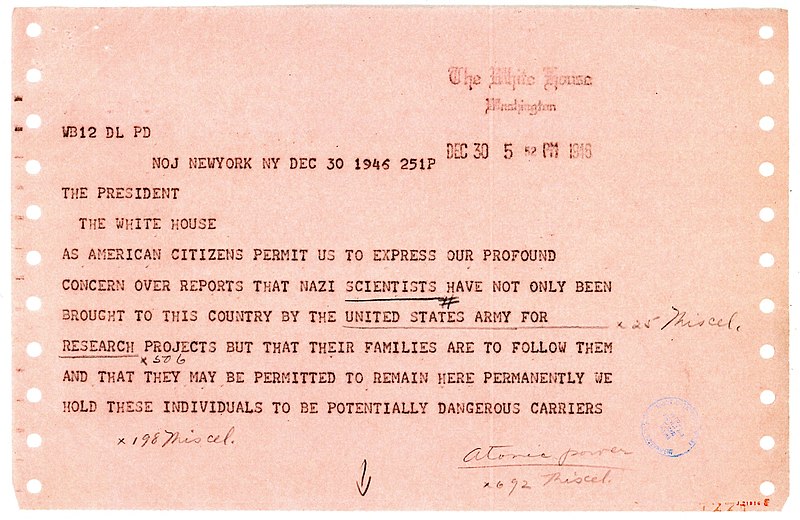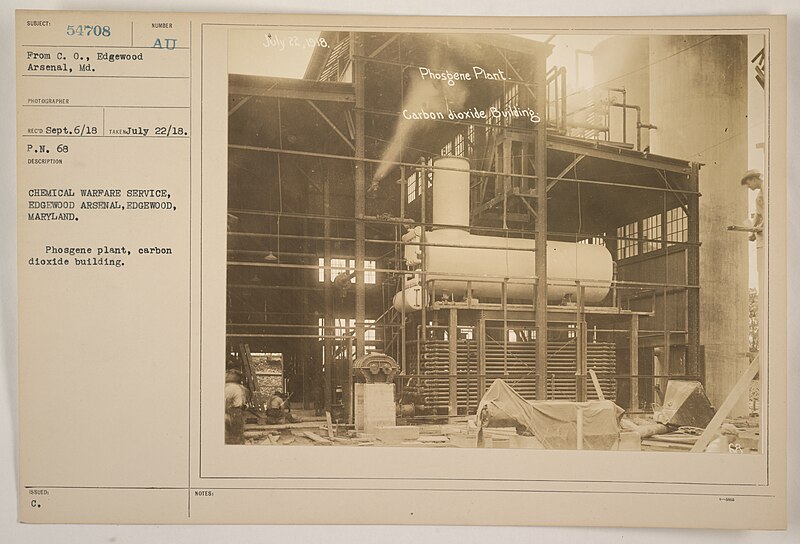It’s 1947. Though World War II has been over for two years, the terror remains seared into everyone’s minds, unwanted memories of death and destruction persisting through everyday life. The United States now stood as a global leading power, as did the Soviet Union, which had experienced a similarly unexpected rise to power. The sudden onset of this new position and the power that accompanied it burdened the U.S. with many responsibilities.
Emerging from World War II as a leading power, the United States decided to take an active role in rebuilding European cities. President Harry S. Truman, the 33rd U.S. President, signed the Postwar European Recovery Plan (ERP), allocating $13 billion to Western Europe. This effort was led by Secretary of State George Marshall and came to be known as the “Marshall Plan.” It proved beneficial, both by bolstering the economic strength of European countries and internationally distinguishing the United States. However, it’s important to note that this contrasted with the United States’ policy of isolationism, a policy which advocates for “non-involvement in European and Asian conflicts and non-entanglement in international politics” and was abandoned during World War II. Now, the U.S. had a new approach – countries that trade don’t wage war on each other.
But there’s something else happening around this time, too. The post-war world became a battleground for the competition between capitalism and communism, with countries such as Cuba and Vietnam caught in the crossfire. This is known as the Cold War. Although the Soviet Union and the United States never directly battled, the struggle for supremacy was waged through “political maneuvering, military coalitions, espionage, propaganda, arms buildups, economic aid, and proxy wars between other nations.”
It is this espionage component of the Cold War that is most interesting, however.
President Harry S. Truman created the Central Intelligence Agency (CIA) in 1947. He wanted an organization similar to a private newspaper – one that would inform him daily of developments around the world that he could use to make foreign policy decisions. However, as the Cold War escalated, so did the CIA’s involvement in controversial operations for the sake of competing with the Soviet Union.
Since the war’s end, U.S. military officers had been capturing and hiring Hitler’s scientists and weapon manufacturers. Except at the time, no one knew. This highly classified program was known as Operation Paperclip, which lasted from 1945 to the 1960s. Over 1,600 Germans were secretly recruited to develop armaments. The reasoning behind this operation was that if the U.S. didn’t do it the Soviet Communists would, which would be infinitely worse.
The men who were recruited were prominent Nazi officials, SS officers, and war criminals, and yet to the U.S. government they were highly valued. Thus, the American government felt that it was okay to ignore their past.
That is how the same hands that experimented on inmates in concentration camps and designed the V-2 rockets that devastated Antwerp and London came to design technology for the United States. That is how a Nazi who was convicted of mass murder and slavery and served some time in prison before being granted clemency was hired by the U.S. Department of Energy.

Harry S. Truman, the 33rd U.S. President, officially approved Operation Paperclip, which he worded as the immigration of “chosen, rare minds.” This is the same president who, in his inaugural address in 1949, delivered an inspiring speech on the battle between communism and democracy. Here, he said “The peoples of the earth face the future with grave uncertainty, composed almost equally of great hopes and great fears. In this time of doubt, they look to the United States as never before for good will, strength, and wise leadership.” This claim to moral supremacy seems tainted in light of the details of Operation Paperclip, which was revealed by news media in 1946.
There are a multitude of stories from Operation Paperclip. American and British officials once found the Osenberg List – a catalog of thousands of German scientists and facilities – in a toilet at Bonn University. It was from this list that the roughly 1,600 Nazi scientists (along with their families) were chosen to work with the CIA. Another major find was discovered while British agents were searching for laboratories on the German-Polish border. They found 175 forested bunkers storing aerial bombs with an unknown organophosphorus nerve agent. They called in American Army agents, who tested it on rabbits and found that just a drop on the skin killed it in minutes.
It was concluded to be tabun, a “man-made chemical warfare agent classified as a nerve agent” that can cause death. In 1945, 530 tons of tabun were shipped to various parts of the United States, including Edgewood Arsenal, a facility in Maryland where the U.S. Army Chemical Corps conducted classified human experimentation to observe the effects of low-dose chemical warfare. This was known as Operation Delirium.
In this operation, American soldiers became experimentation subjects under the observance of Dr. L. Wilson Greene, Edgewood’s Scientific Director. For example, soldiers were exposed to low levels of tabun in gas chambers and observed. Greene was pleased with the effects – the soldiers were “partially disabled” for 1 to 3 weeks, but they eventually recovered. These types of results are what created the idea that psycho-chemical weapons could serve as “gentle” warfare that temporarily immobilized the enemy while avoiding, in Greene’s words, the “wholesale killing of people or the mass destruction of property.”
Greene assigned his colleague Fritz Hoffman, a German chemist, to continue researching toxic agents that could be used by the military. Hoffman researched a multitude of drugs, from Mongolian hallucinogenic mushrooms to street drugs, and may have worked on the development of Agent Orange.
As the years pass, more and more atrocious operations are born. It’s difficult to pinpoint when and why things started to go wrong.
Maybe it was the Cold War, which rose from the division of the world into separate ideological camps. Suddenly, the stability of the world became dangerously precarious as world dominance and competition became a growing concern for nations. This era of rush and paranoia was the perfect environment for the CIA’s experimentation. Unfortunately, this is far from the end of the CIAs endeavors.
The early 1950s saw the beginning of Project MKULTRA, in which agents attempted to understand how an individual’s mental state and brain function could be altered by drug usage. The experimentation in this operation is horrifying and, even worse, not entirely known. All MKULTRA files were destroyed in 1973 by CIA director Richard Helms, leaving the details and extent of this human experimentation largely unknown. But what we do know is that lysergic acid diethylamide (a potent psychedelic drug, more commonly known as LSD) was administered to “unwitting subjects in social situations.”
We also know that, under the subproject known as Operation Midnight Climax, government-employed prostitutes were used to lure unsuspecting men to “safe houses” where drug experiments took place. The behavior of these men was closely observed by CIA agents. The ultimate purpose of these experiments was to use these techniques against Soviet enemies.
Project Bluebird is a similar example. Beginning in the early 1950s, it was created to “utilize the polygraphs, drugs, and hypnotism to attain the greatest results in interrogation techniques.” Project Bluebird had one end goal: mind control. The 1950s were the years after World War II when the CIA found it desirable to create the perfect mindless agent, a spy who would never let anything slip during an interrogation.
The summer of 1967 was also the beginning of Operation CHAOS. The original objective of Operation CHAOS was to determine if foreign nations were backing antiwar demonstrations and other protests in the US. However, it spiraled completely out of control, extending into domestic surveillance far beyond the pretense of national security.
This project came under heavy criticism for unlawfully exceeding the CIA’s authority by spying on thousands of American citizens. Through this operation, the names of approximately 300,000 Americans and their organizations ended up in a computer index. Of these 300,000 people, 7,200 people had distinct personality files. For example, information was collected on the Rev. Martin Luther King Jr. and his widow Coretta King because of his voiced opposition to the Vietnam War. Not only is this a blatant breach of privacy, but it demonstrates the omnipresent grip that the CIA has on society. This is a scary thing to put into perspective, especially as we approach a digitized age in which more of our information is public and our privacy becomes more and more of a privilege.
The list continues.
Today, the intelligence community in the United States requires guarded secrecy in order to conduct many of its operations. This requires the utmost trust of the American people, trust that was violated during the CIA’s experimentation and human rights violations of the 1950s and 60s. The best way to prevent future abuses is to expose those that happened and keep organizations, such as the CIA, accountable.
Why is it important to discuss this? After all, these controversial operations happened almost 80 years ago. However, even today, information is trickling out as investigations continue. In order for the CIA and the affected families to move forward, we must collectively understand the wrongdoings of the past.
And there were many wrongdoings. The CIA drugged unwitting citizens. It conducted brutal human experimentation. It brought Nazis to work as scientists. And there were so many more operations, all fueled by a need for the United States to overpower the Soviet Union during the tense and paranoid Cold War era.
Over time, our memories will fade, but it is the file cabinet packed with folders that we can rely on to ensure that the failures of late-1900s America are never repeated. This era was an insult to the democratic values that the U.S. claimed to uphold, and it wreaked havoc not only on the American people but the precarious balance of the entire world.
And that is how the same hands that experimented on inmates in concentration camps and designed the V-2 rockets that shattered Antwerp and London came to design technology for the United States. This is how a Nazi who was convicted of mass murder and slavery and served some time in prison before being granted clemency was hired by the U.S. Department of Energy.



